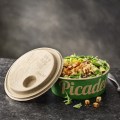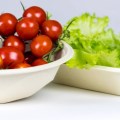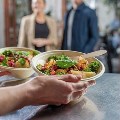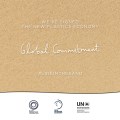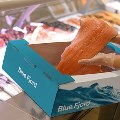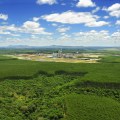If this is your company, CONTACT US to activate Packbase™ software to build your portal.

The times they are constantly changing, and so do consumers’ habits and shopping behavior. Digitalization has changed our way of living and it has been common for several years now to do shopping online. That also includes food purchases. Visiting the stores is still preferred by most people, but online shopping is starting to drive the food retail.
Online shopping is a grateful solution as people struggle to manage their life puzzles, in combination with changing demographics and lifestyles. Convenience is one of the key factors in online shopping, but the last mile delivery is one of the biggest challenges with online purchase. This means that logistics and cost concerns need to be solved. E-tailing also puts other demands on packaging to manage challenges such as temperature control.
Another big trend in both Europe and China due to new lifestyles and rising incomes is to shop less in bulk and more often. Single households are widely present on all markets nowadays, which means that smaller packaging and frequent shopping are preferred. Many urban consumers skip cooking during the week and therefore shop most of their food in convenience stores.
So how can you facilitate consumers’ daily lives and add value by that? In order to meet the higher purchase frequency and storage limitations in single households, smaller packaging formats are needed. Packaging that communicates cooking information is also important, for example in convenience food. Smart and active packaging can help ensuring food safety and consumer’s trust. Bring these insights when developing new packaging solutions to be sure that your packaging meets the modern lifestyles.



